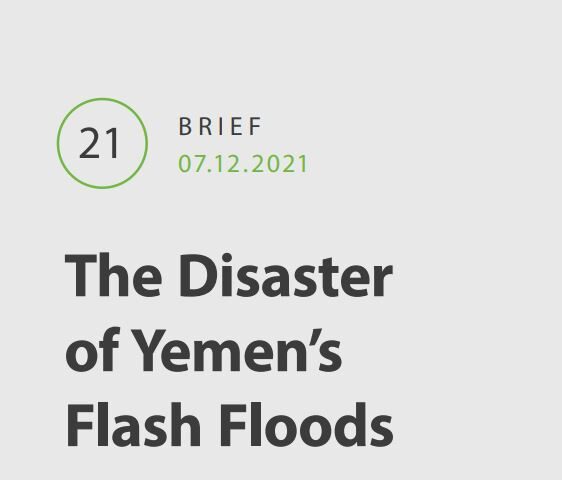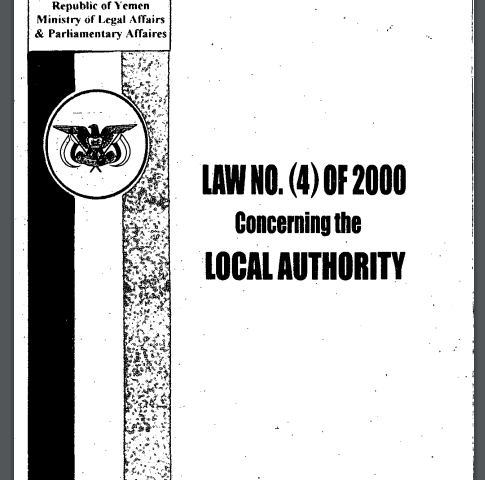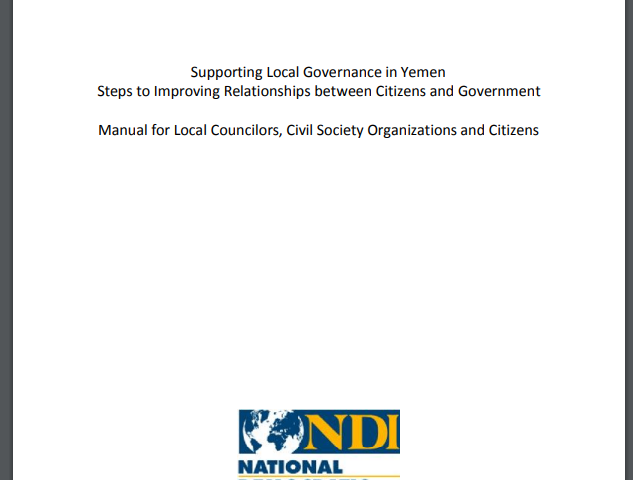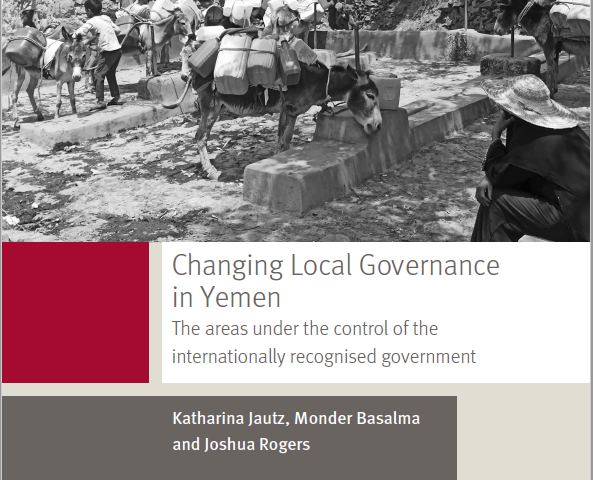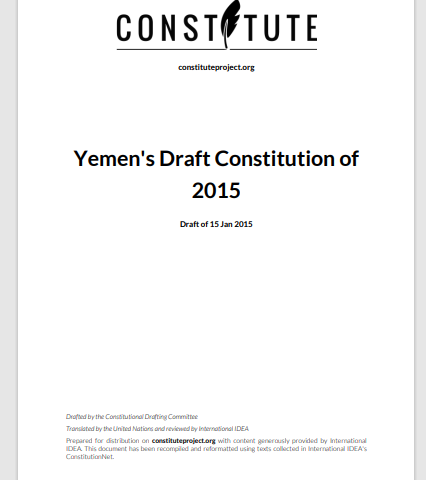The governorate of Lahj is located on the southwestern coast of the Republic of Yemen, north and west of Aden. It is 337 kilometers from the capital city of Sana’a. The governorate is divided into 15 administrative districts with the city of Al-Hawtah as its capital.
Lahj governorate information
Map of Lahj
Economy
Lahj is an agricultural governorate and produces about 4% of the total agricultural production of the Republic of Yemen. The most important crops are vegetables and feed crops. Lahj produces construction materials for neighboring Aden and other parts of Yemen. Quarrying and clay mining are important economic activities1https://www.yemenna.com/index.php?go=guide&op=show&link=lahej.
According to the 2014 local authority budget for Lahj, grants and central subsidies constituted 98% of the total revenue for the governorate, while local revenues accounted for only 2%. The most significant sources of local revenue were local shared revenues, income from the sale of goods and services, fines and penalties, leasing land, and selling quarries.2Republic of Yemen, Ministry of Finance, Budget Sector: estimated local authority budget for the 2014 fiscal year. These local revenues were negatively affected by the war, and the governorate faced major economic disruption as the site of an active front in the conflict, especially in 2015. Most of the governorate is under control of the Hadi government, except for Maqatarah, which remains an active military front.
The poverty rate in Lahj was 69% in 2014. With the economic disruptions brought on by the war, this rate has likely increased over the past years.3Republic of Yemen, Household Budget Survey of 2014.
Local governance
The local council of Lahj is comprised of 15 councilors and the governor. The council held its last meeting in late 2016 to elect a new secretary general, as the previous secretary general was abroad. Since then, the council has not met. The administrative board of the local council continues to meet and operate regularly. The executive offices are present and functioning, but at a minimum level due to the weakness of local revenues and the absence of central subsidies.4Interview with one of the deputies of the Governorate of Lahj. March 2019.
The governorate, including the capital Al-Houta, are subject to a tug of war between the government of President Hadi and the Southern Transitional Council. This situation has contributed to the continued disruption of the local council’s work.5Marie-Christine Heinze & Sophie Stevens, Women as Peacebuilders in Yemen, Yemen Polling Center & Social Development Direct, June 2018, p. 21.
Access to basic services
There are nearly 635,000 people (more than 55% of the population) in need of assistance in Lahj, 62% of whom are in dire need.
The current IDP population of Lahj is nearly 80.000 (status December 2022).6https://data.humdata.org/dataset/yemen-humanitarian-needs-overview, 2023 People in Need in Yemen
Hospitals and health centers provide health services in the governorate, but the services are insufficient to meet the needs of the population. The health facilities are working on a very low budget provided by the local authority and with support from international donors.7Interview with Deputy Governor of Lahj.
Education has also been disrupted by the conflict, with 50 schools in Lahj damaged in the war.8OCHA, an Overview of the Humanitarian Needs in Yemen 2018. Teachers, however, were being paid regularly.9Economic and Social Development In Yemen Newsletter (Issue No. 30, December 2017) published by the Economic Studies and Forecast Sector in the Ministry of Planning and International Cooperation. The local authority and international organizations are supporting education in Lahj, ensuring a measure of stability and continuity.
With regard to drinking water, 41% of households had access to potable water in 2016/2017.10OCHA: Overview of the Humanitarian Needs in Yemen 2018. In addition to support from the government and the local authority to the water sector, some international organizations are also funding this sector. In general, water supply services and sanitation are weak.11Interview with one of the deputies of the Governorate of Lahj. March 2019.
Demographics
| District | Size (km2) | Population (Female) | Population (Male) | Population (Total) |
|---|---|---|---|---|
| Al Had | 263 | 38,607 | 40,854 | 79,461 |
| Yafa’a | 295 | 52,668 | 54,628 | 107,296 |
| Al Maflahy | 150 | 29,162 | 28,191 | 57,353 |
| Yahar | 244 | 26,496 | 27,969 | 54,466 |
| Habil Jabr | 647 | 28,694 | 32,117 | 60,812 |
| Halimayn | 279 | 19,590 | 21,088 | 40,678 |
| Radfan | 615 | 29,760 | 32,938 | 62,698 |
| Al Milah | 1,402 | 19,214 | 21,421 | 40,635 |
| Al Musaymir | 533 | 17,668 | 19,854 | 37,522 |
| Al Qabbaytah | 1,024 | 67,865 | 63,023 | 130,888 |
| Tur Al Bahah | 1,883 | 33,224 | 35,502 | 68,726 |
| Al Maqatirah | 476 | 47,372 | 37,090 | 84,462 |
| Al Madaribah Wa Alarah | 1,849 | 32,968 | 34,994 | 67,962 |
| Al Hawtah | 1,849 | 17,340 | 18,846 | 36,186 |
| Tuban | 1,528 | 69,227 | 77,923 | 147,150 |
| TOTAL | 13,036 | 529,857 | 546,439 | 1,076,296 |
Figures are based on the 2021 Humanitarian Needs Overview Yemen, OCHA. Population figures include the number of IDPs and residents.


